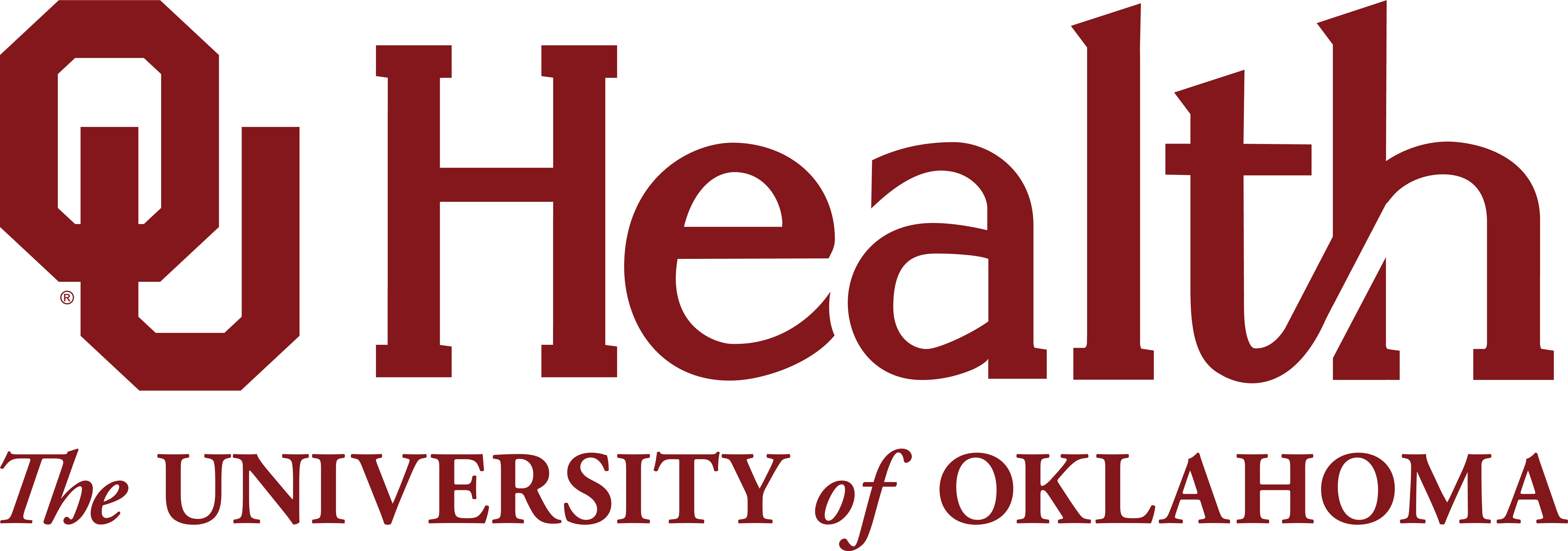U.S. News & World Report Ranks OU College of Medicine One of Nation’s Best in Several Areas
- Category: News, Adults Services
- Posted On:

The University of Oklahoma College of Medicine has been named one of the best medical colleges in the nation in several categories, according to the U.S. News & World Report 2022 Best Graduate Schools rankings. They include primary care education; most graduates practicing in primary care fields; most graduates practicing in rural areas; and most graduates practicing in health professional shortage areas.
The OU College of Medicine is the largest college within the OU Health Sciences Center and is at the center of OU Health, the state’s comprehensive academic health system. The rankings, released March 30, cite the OU College of Medicine as 51st in the nation for excellence in primary care education, which includes the medical specialties of family medicine, internal medicine and pediatrics. The college ranks 60th in the nation for the number of graduates practicing in primary care fields; 44th in the nation for graduates practicing in rural areas; and 44th in the nation for graduates practicing in health professional shortage areas. In addition, the college ranks 74th for its research activity.
The rankings encompass 191 accredited allopathic and osteopathic medical schools in the United States, which grant M.D. and D.O. degrees, respectively.
The OU College of Medicine’s rankings underscore its commitment to training the next generation of physicians who will care for patients across the spectrum of life, focusing both on the prevention and treatment of disease, as well as leveraging research to continually improve the standard of care, said John Zubialde, M.D., Executive Dean of the OU College of Medicine.
“We are excited about the U.S. News & World Report rankings because they reflect the hard work of our faculty and staff in educating the physicians of tomorrow,” Zubialde said. “Our ranking in primary care is particularly significant given the breadth of our college departments, which range from primary care to specialty care. Whereas many other medical schools have a singular focus on primary care, our primary care disciplines excel alongside our specialty programs because of the high caliber of our physicians and staff. Each day they are committed to training Oklahoma’s healthcare workforce.”
The OU College of Medicine trains the majority of physicians in Oklahoma, including the most primary care physicians. Many choose to practice medicine in rural and medically underserved areas of the state, where access to services is critical for improving health. The college is also committed to diversity among its students and future physicians – through the Office of Diversity, Inclusion and Community Engagement, students from underrepresented populations across Oklahoma are mentored as they prepare to apply to medical school. Many of those students will choose a career in primary care and will return to their communities to practice medicine.
The college’s ranking in research activity reflects the faculty’s ability to earn federal research grants. Faculty members across the college’s 21 academic departments regularly earn grants from the National Institutes of Health, the U.S. Health Services & Resources Administration, the U.S. Department of Defense, and others. In recent years, the college’s major federal grants include $11 million to create the Oklahoma Center for Microbial Pathogenesis and Immunity, a hub for research into many types of infections and the immune system response, as well as $38 million for suicide prevention research.
“Along with education and patient care, research is a primary mission of the OU College of Medicine,” Zubialde said. “Our faculty members’ success in earning federal grants signifies the value of their research and its potential to improve the practice of medicine. By training in that environment, our students understand that our role is not only to offer high-quality care to our patients, but to define the next standard of care through research discoveries.”
The OU College of Medicine’s main campus is in Oklahoma City at the OU Health Sciences Center, and it has a four-year branch campus in Tulsa, the OU-TU School of Community Medicine. Each year, the college admits approximately 165 students into its four-year program. Since the founding of the OU College of Medicine in 1910, it has awarded the Doctor of Medicine degree to more than 10,000 graduates, many of whom stay on campus for their primary care residency. In addition, the college is the largest educator of physician assistant students in the state, providing approximately 75 new PAs annually.
Students on both campuses train in OU Health outpatient clinics and hospitals and in community settings, where they cultivate the tools to treat patients with a wide range of diseases, from chronic conditions like high blood pressure and diabetes to acute illnesses. Primary care physicians provide much of the healthcare that patients need, and they determine when their patients need to be referred to a specialist.
“For well over a century, OU doctors and health professionals have provided essential care to generations of Oklahomans, fulfilling our university’s core purpose of changing lives,” said OU President Joseph Harroz Jr. “It is incredibly gratifying to see our College of Medicine earn national recognition that reflects our longstanding legacy of training future physicians to advance health with skill, innovation and compassion. As we launch OU Health, this recognition speaks volumes to the future impact we are prepared to have on the health of our state.”
To compile its rankings, the U.S. News & World Report uses several indicators, including an overall quality assessment, students’ grade point average, score on the Medical College Admission Test (MCAT) and college acceptance rates. It also includes a peer assessment score, a residency assessment score, and resources allotted to faculty. The data for the rankings come from statistical surveys of more than 2,012 programs and from reputation surveys sent to more than 20,500 academics and professionals, conducted in fall 2020 and early 2021.



